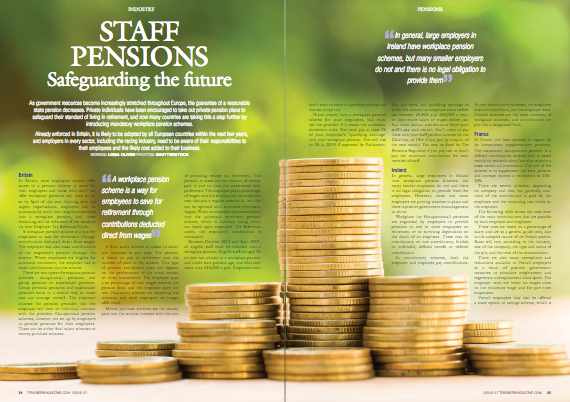Horseracing in South Korea: A GLOBAL VISION
/Published in European Trainer, January - March 2018, issue 60.
On the evening of 19th January 2017, something special happened in Dubai. To the casual spectator it might have seemed like any other horse race, but to viewers in Korea, the 1200m District One Handicap at Meydan was a watershed moment in their nation’s sporting history. Because the winner of this race was Main Stay, a four-year-old colt trained by Kim Young Kwan and the first Korean-trained horse to win at a significant international meeting since thoroughbred horse racing was established in South Korea almost 100 years ago. What is more, the winner carried the (KOR) suffix in the racecard, underlining the fact that the country is now capable of producing internationally competitive thoroughbreds.
Yet as Main Stay crossed the line on that fateful night, even switched-on racing enthusiasts and professionals with a broad international perspective may have asked, “So they race in Korea?”
Indeed, this otherwise significant nation’s racing industry remains relatively unknown across the globe. Recent developments have brought Korean racing into the spotlight however, and notable domestic and international expansion projects put in place by the Korea Racing Authority (KRA) could soon see it established as an influential player on the global racing scene....




